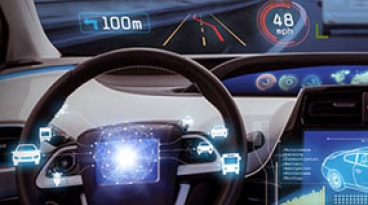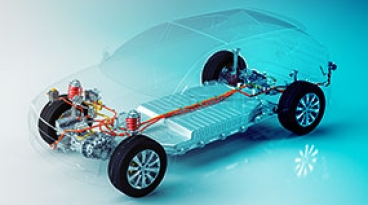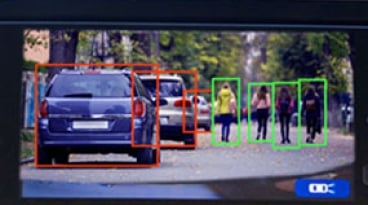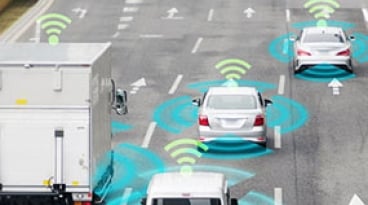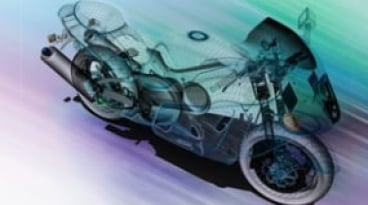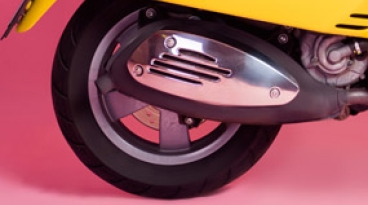
Automotive Applications and Solutions
Renesas provides a wide variety of semiconductor solutions by leveraging its extensive product portfolio and application expertise accumulated through years of successful business with customers in the global automotive industry. Our automotive solutions cover the traditional areas of Powertrain, Chassis, Body, and Connected/Infotainment, as well as the recent change drivers in the automotive industry such as ADAS/Autonomous Driving, Electric Vehicles, and Gateway/Domain Control.
We are focused on providing application solutions called "Winning Combinations", MCU and SoC based applications that are optimized at the system level by our complementary analog and power products, to help our customers reduce their product development time and speed up time to market. Renesas offers a broad selection of leading automotive products and application solutions to achieve your next design objectives.
See all Winning Combinations for Automotive
Why Renesas?
Why do automotive engineers choose Renesas?
The rapid growth of the global automotive market is expected. Renesas provides the solutions which reduce longer development times all engineers face and accelerate your business.
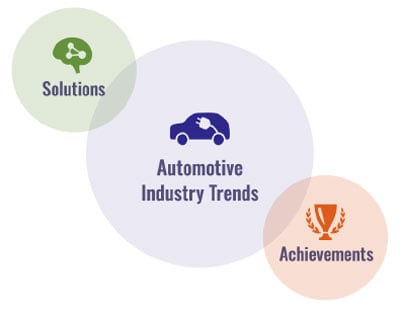
Categories
Documentation
|
|
|
|
|---|---|---|
| Type | Title | Date |
| Brochure | PDF 8.73 MB | |
| Brochure | PDF 9.16 MB | |
| Brochure | PDF 8.85 MB 日本語 , 简体中文 | |
| White Paper | PDF 888 KB | |
| White Paper | PDF 1.01 MB | |
| White Paper | PDF 866 KB | |
| White Paper | PDF 370 KB 日本語 , 简体中文 | |
| White Paper | PDF 549 KB | |
| White Paper | PDF 158 KB | |
9 items
|
||
Videos & Training
News & Blog Posts
| Blog Post | Nov 28, 2023 | ||
| Blog Post | Jan 31, 2023 | ||
| Blog Post | May 25, 2022 | ||
| Blog Post | Apr 28, 2022 | ||
| Blog Post | Mar 22, 2022 | ||
| Blog Post | Nov 4, 2021 | ||
| Blog Post | Jun 18, 2021 | ||
| Blog Post | Feb 7, 2019 |
